Explained: Power blackouts, shortages of basic goods and rising prices - Here's how Sri Lanka spiralled into crisis
New Delhi: Sri Lanka's economic crisis has now turned into deadly violence as eight people were killed and over 200 were injured on Monday. Mahinda Rajapaksa, the country's powerful prime minister has resigned amid country-wide anti-government protests, while his younger brother, President Gotabaya Rajapaksa, is seeking ways out of the chaos.
Angry over power blackouts, shortages of basic goods and rising prices, the protesters demand that President Gotabaya Rajapaksa steps down, but the retired military officer has invoked emergency powers in an attempt to maintain control.
Here's a look at what led to the violence and political chaos that have gripped the island nation of 22 million.
)
According to analysts, the economic mismanagement by successive governments in Sri Lanka weakened its public finances and left national expenditure in excess of its income. It also left the production of tradable goods and services at inadequate levels.
The situation, as per reports, was exacerbated by deep tax cuts enacted by the Rajapaksa government soon after it took office in 2019.
Subsequently, in 2020, the Covid-19 pandemic struck and wiped out much of the country's revenue base, most notably from the lucrative tourism industry, while remittances from nationals working abroad dropped and were further sapped by an inflexible foreign exchange rate.
Rating agencies, concerned about government finances and its inability to repay large foreign debt, downgraded Sri Lanka's credit ratings from 2020 onwards, eventually locking the country out of international financial markets.
To keep the economy afloat, the government leaned heavily on its foreign exchange reserves, eroding them by more than 70% in two years.
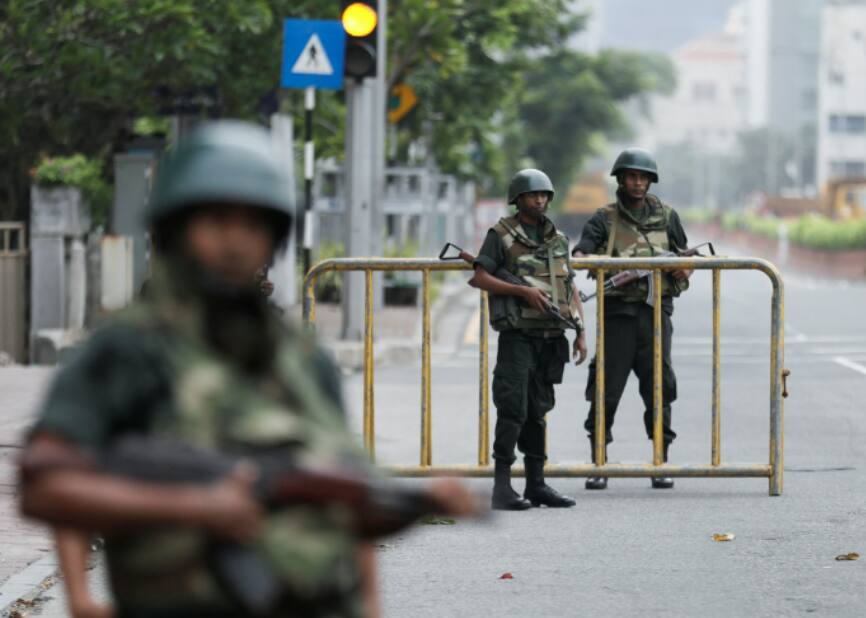
Despite the rapidly deteriorating economic environment, the Rajapaksa-led government initially held off talks with the International Monetary Fund (IMF).
For months, opposition leaders and some financial experts urged the government to act, but it held its ground, hoping for tourism to bounce back and remittances to recover.
Despite outside support, fuel shortages have caused long queues at filling stations as well as frequent blackouts, and some crucial medicines have run low.
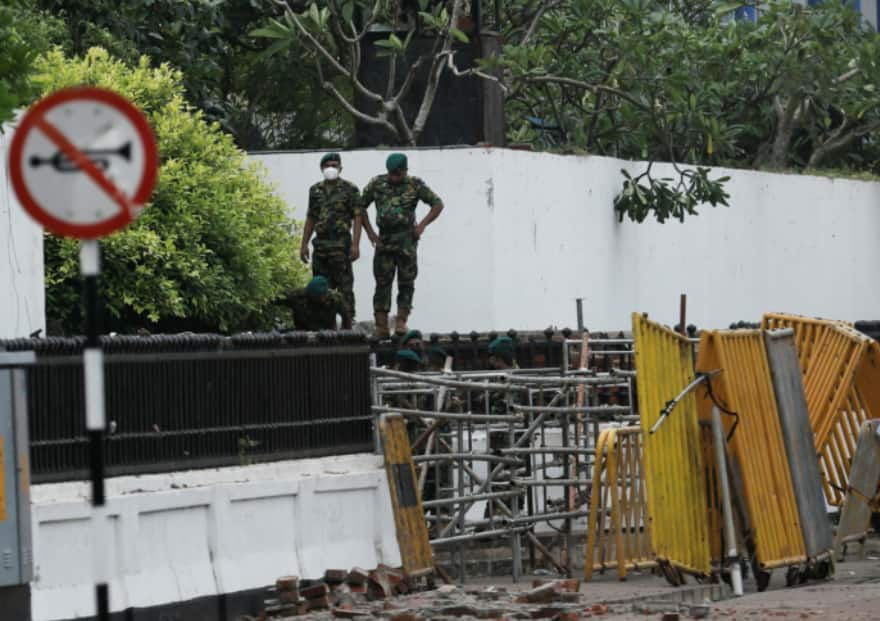
Aware of the scale of the brewing crisis, the government sought help from countries including India and China. New Delhi says it has provided support to Sri Lanka worth over $3.5 billion in 2022.
Earlier this year, President Rajapaksa asked China to restructure repayments on around $3.5 billion of debt owed to Beijing, which in late 2021 also provided Sri Lanka with a $1.5 billion yuan-denominated swap.
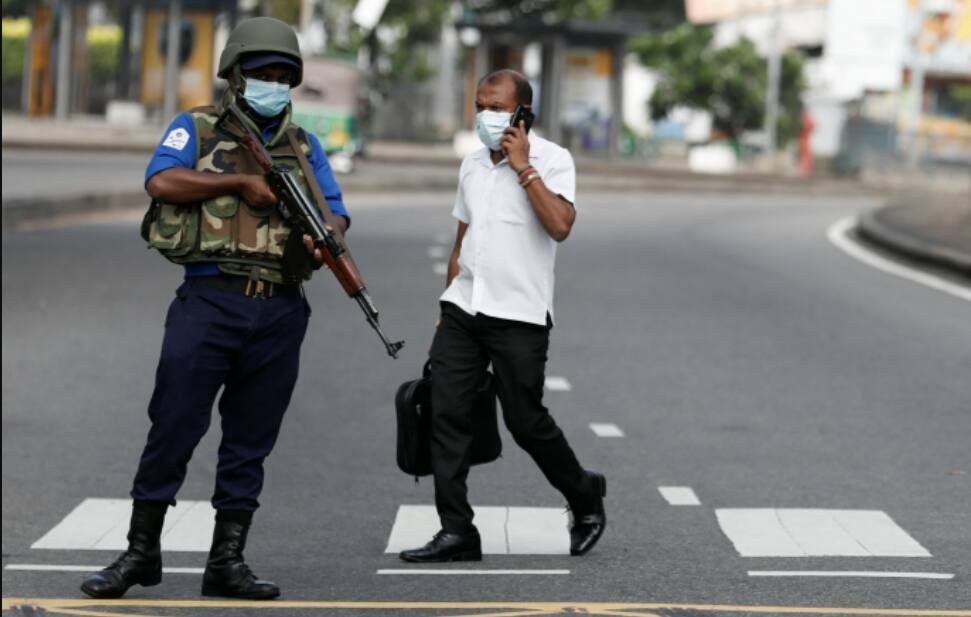
President Rajapaksa has sought support from all political parties in parliament to form a unity government, an offer that many, including the ruling alliance`s allies, have declined.
While resigning on Monday, Prime Minister Mahinda Rajapaksa wrote in his resignation letter that he was quitting so that an interim, all-party government could be formed.
The president now plans to meet opposition politicians with the expectation of forming a new government within days, according to a cabinet spokesman.
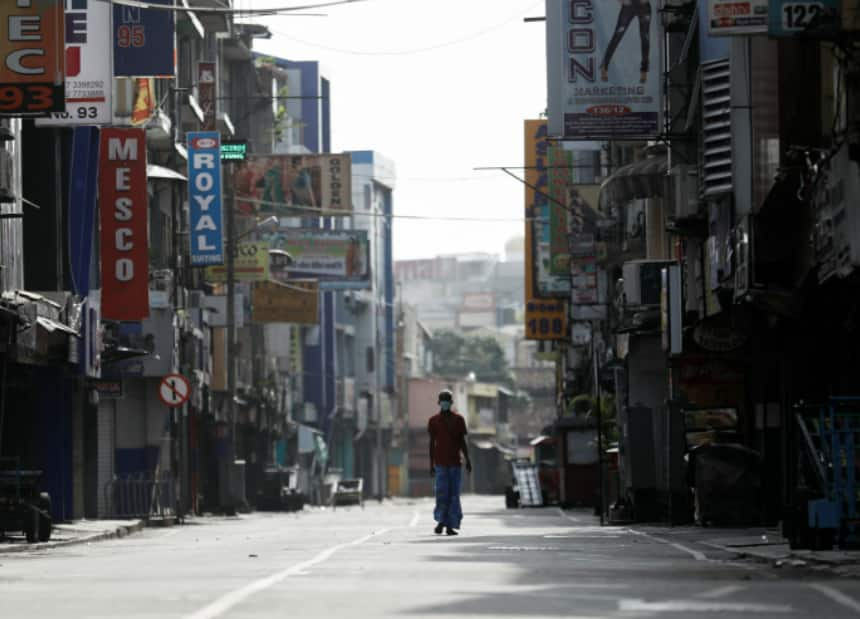
Thousands of protesters, some of whom have camped out on the streets for weeks to the chants of "Gota(baya) go home", want the president to step down.
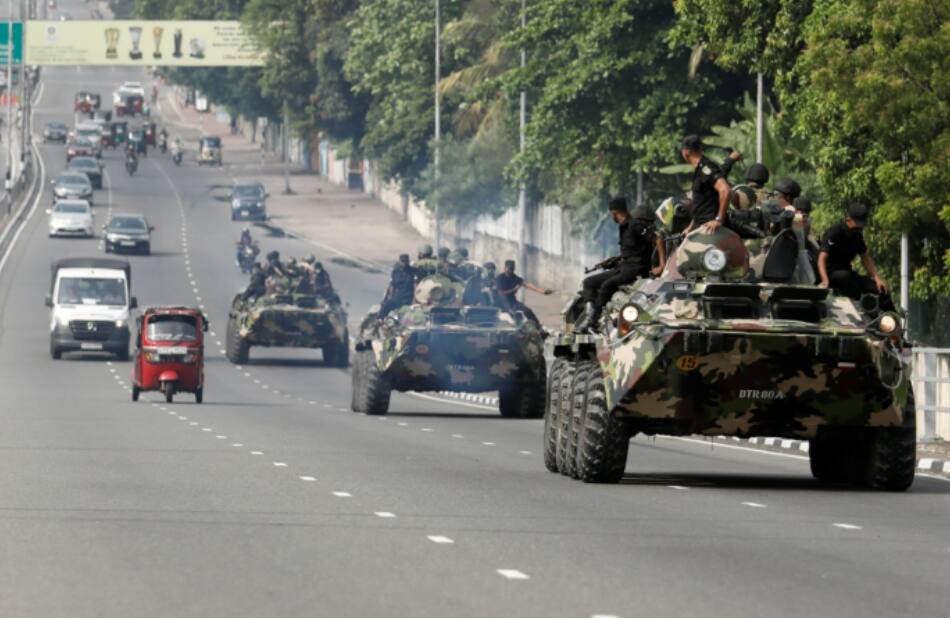
Pro- and anti-government demonstrators clashed on Monday in the commercial capital Colombo in an escalation of violence, and houses and cars were torched in other parts of the island nation.
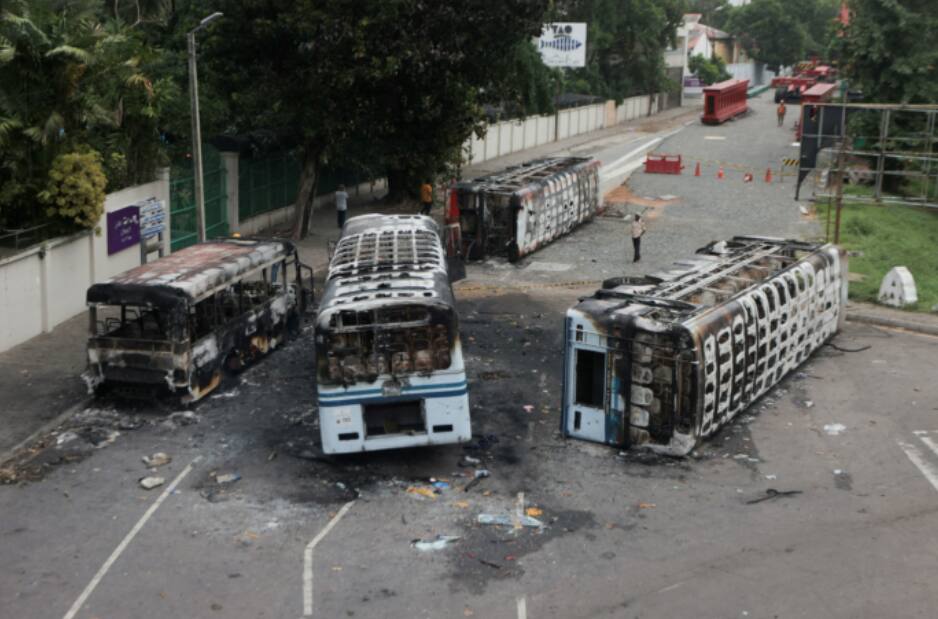
The Sri Lankan troops have been ordered to shoot at anyone damaging public property or threatening lives.
(With inputs and pictures from Reuters)

